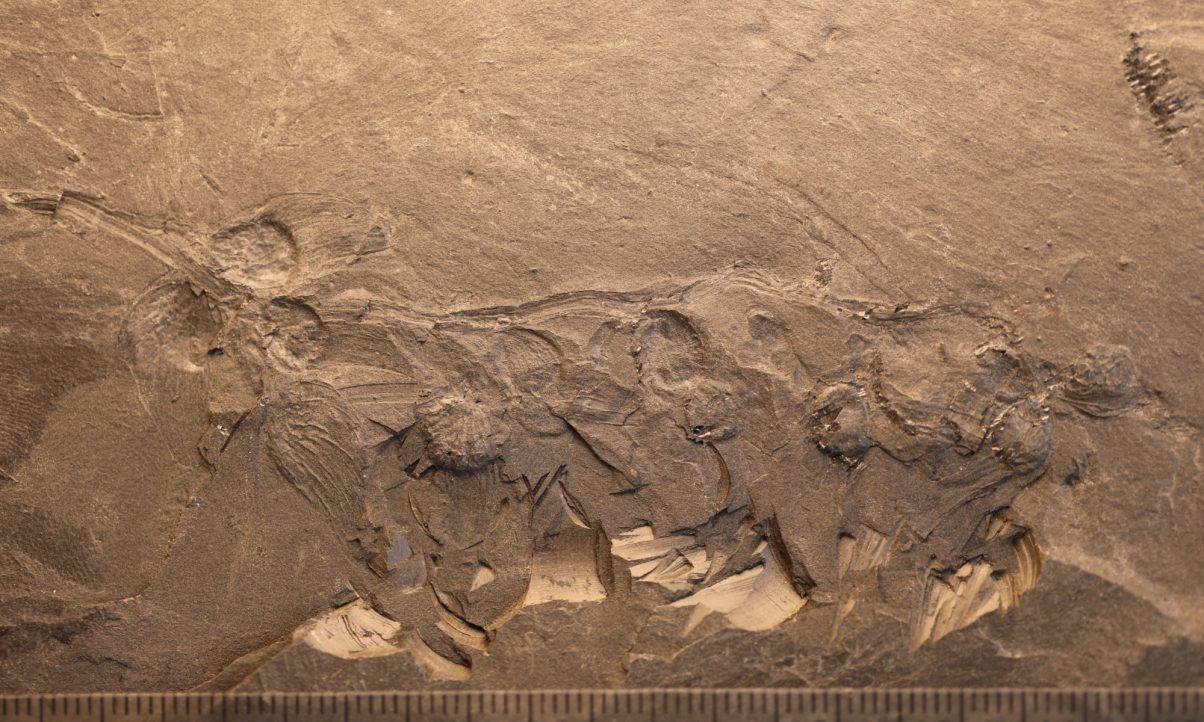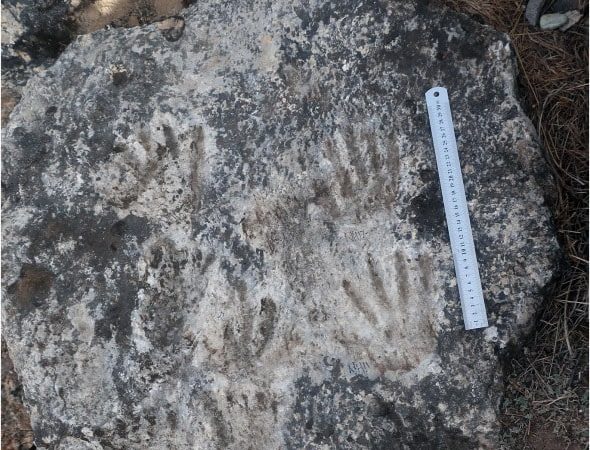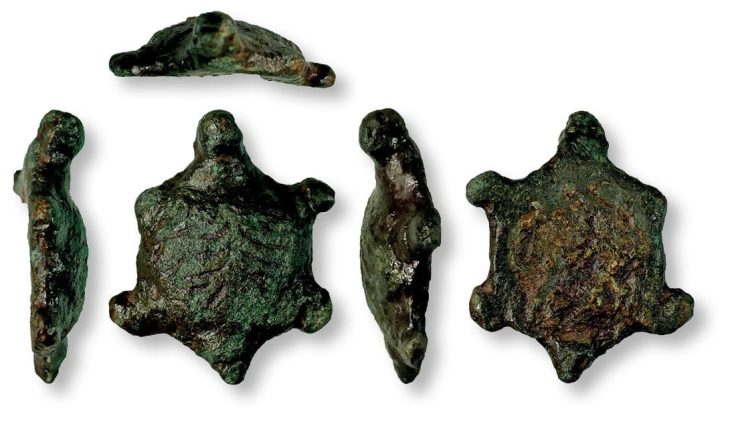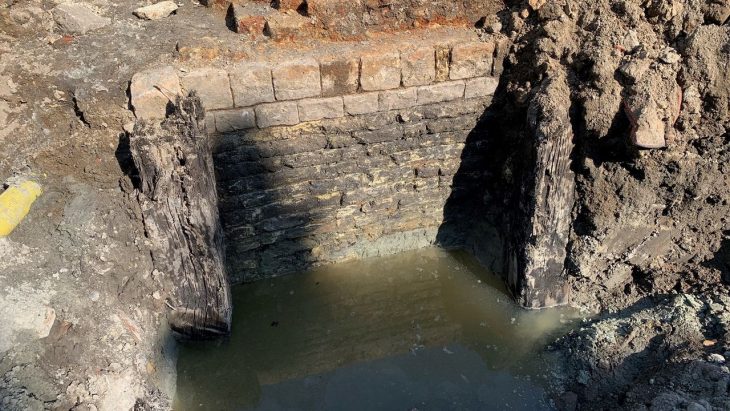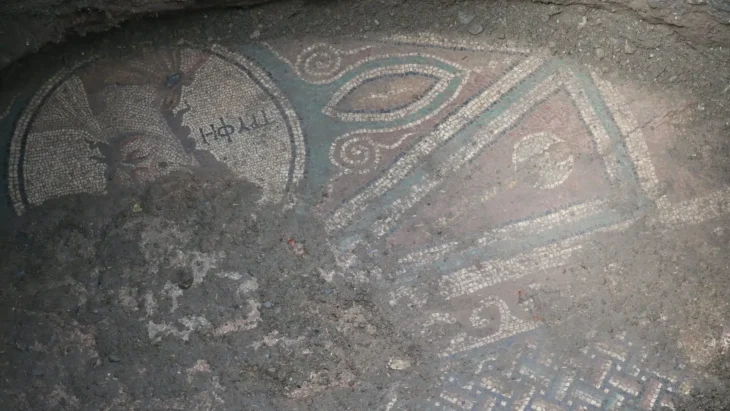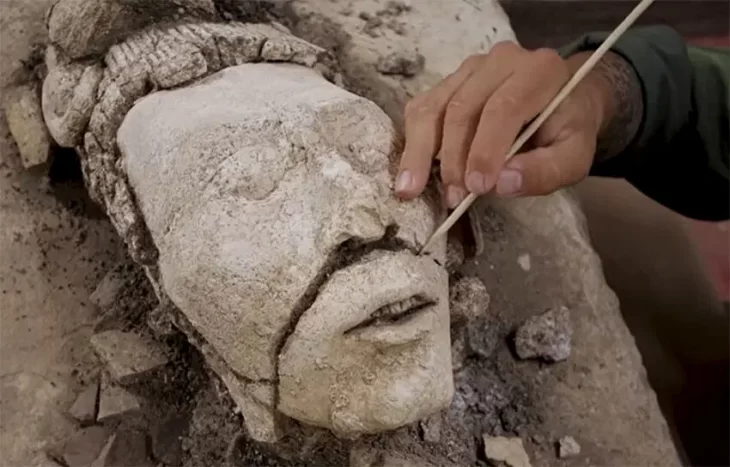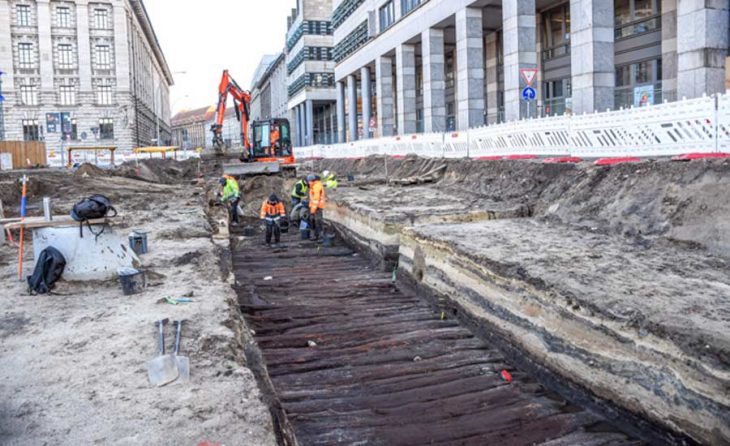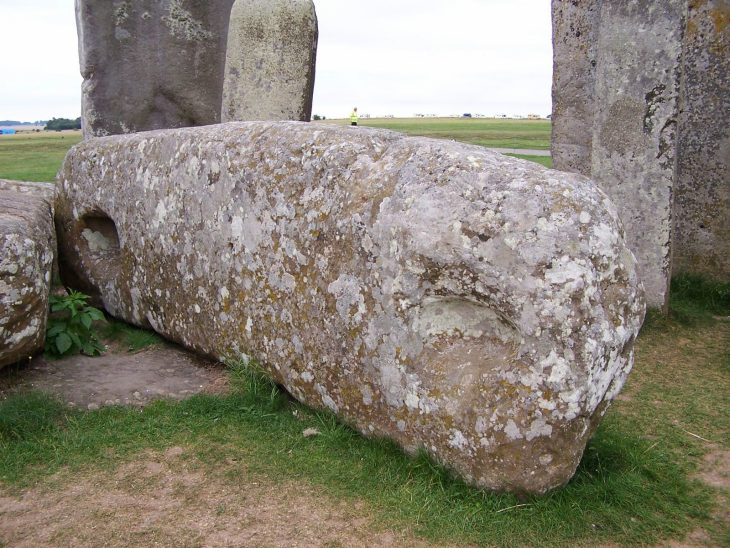Chinese paleontologists discovered fossils of an ancient plant dating back approximately 170 million years.
The Chinese Academy of Sciences Nanjing Institute of Geology and Palaeontology recently announced the discovery of the earliest angiosperm known in Northwest China through the reexamination of fossil specimens.
The study was jointly worked on by the Nanjing Institute of Geology and Palaeontology, the Chinese Academy of Sciences, Lanzhou University, Ningxia Geological Museum, and Northwest University. The findings of this study were recently published in Life, an international biological journal.
The fossil flower buds are oval, 17 millimeters in length, and 9 millimeters wide, on a 15-millimeter-long stalk. There is a larch-like structure at the bottom, which is covered with flower petals, the researchers said.
The researcher in charge of the study said that flowers and fruits are part of the angiosperm family. Angiosperms are the most evolved, diverse, widely distributed, and adaptable group of plants today. There are 300,000 species of extant angiosperms around the world.
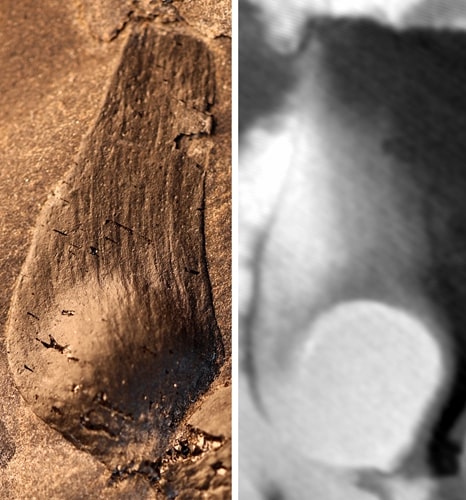
The research team reexamined a Jurassic plant fossil from about 170 million years ago in the Northwest of China. The plant was previously thought to be a gymnosperm, named as Drepanolepis formosa Zhang, 1998. In the latest study, the team used micro-CT technology to scan the fossil and found that the interior contained inverted ovules, which is a key feature for determining angiosperms.
The latest study found that an inverted ovule with two integuments is enclosed in each carpel or fruit, which is a key feature for determining angiosperms, and they named the fossil plant a Qingganninginfructus formosa.
The fossil plant is the earliest evidence of angiosperms in Northwest China. Its discovery indicates that angiosperms appeared and spread widely as early as 170 million years ago, during the Middle Jurassic, and reached a certain level of prosperity.
Cover Photo: Qingganninginfructus formosa fossil. Courtesy of the Nanjing Institute of Geology and Palaeontology, Chinese Academy of Sciences

